
Pannello tattile da 7 pollici hmi macchina imballatrice integrata controller plc Monitor LED Android da 15.6 pollici touch pc industriale montato a parete


Pannello tattile industriale 10.4 12.1 15 17 19 pollici pannello LCD pc montaggio a parete android pannello industriale PC


Impermeabile Open Frame Pcap HMI capacitivo Touchscreen Tablet tutto In un Computer pollici industriale Touch Screen Android pannello Pc

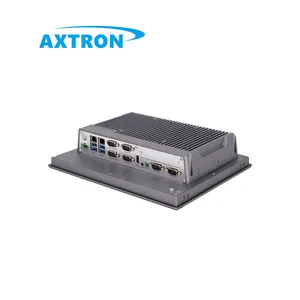
12.1 pollici ip65 impermeabile pc tablet finestra linux fanless touchscreen robusto incorporato tutto in un pc industriale android pannello pc

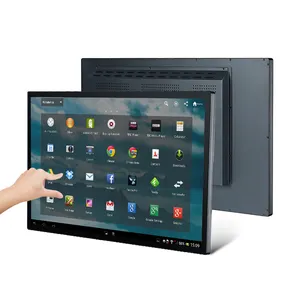
Prezzo economico industriale tutto in un pc 21.5 32 43 55 pollici touch monitor integrato touch panel pc con wifi

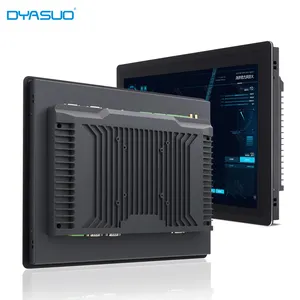



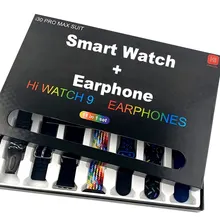
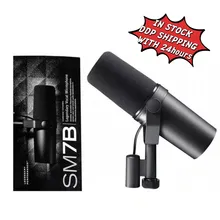
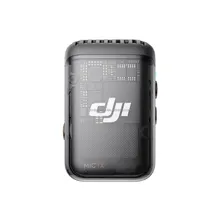


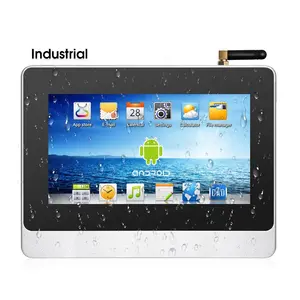


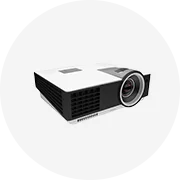



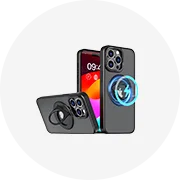






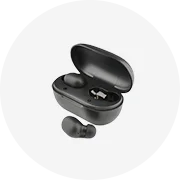










 浙公网安备 33010002000092号
浙公网安备 33010002000092号 浙B2-20120091-4
浙B2-20120091-4